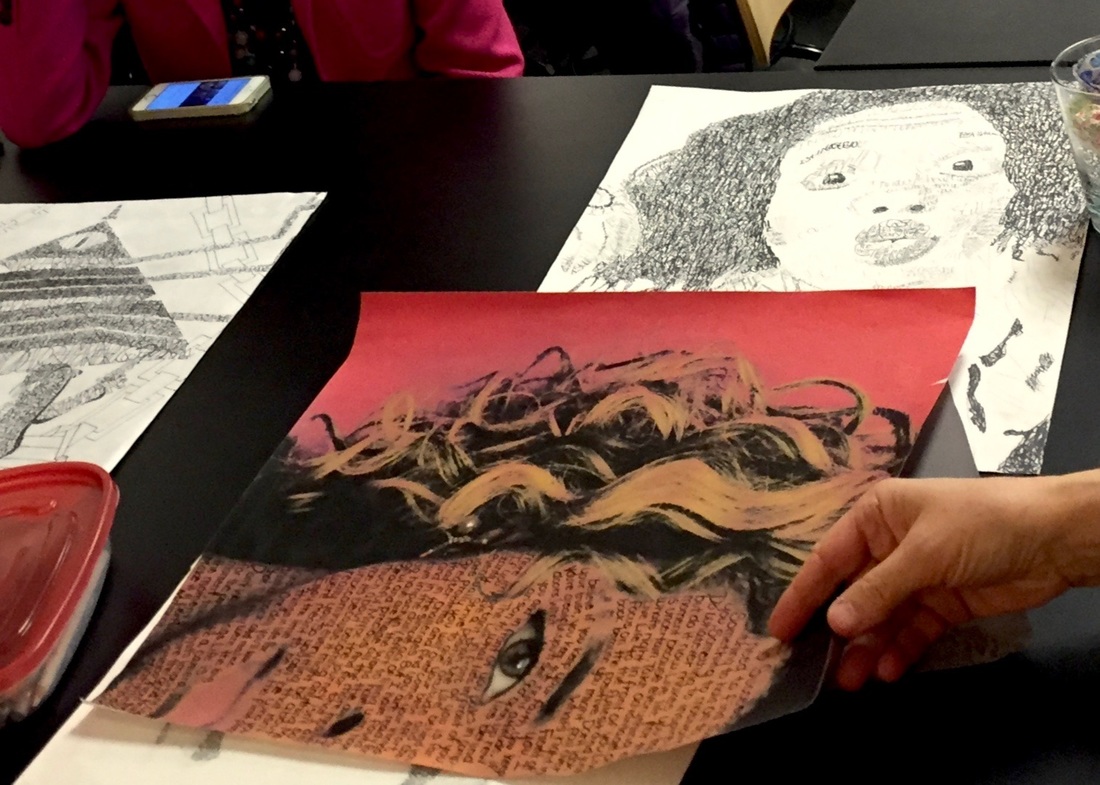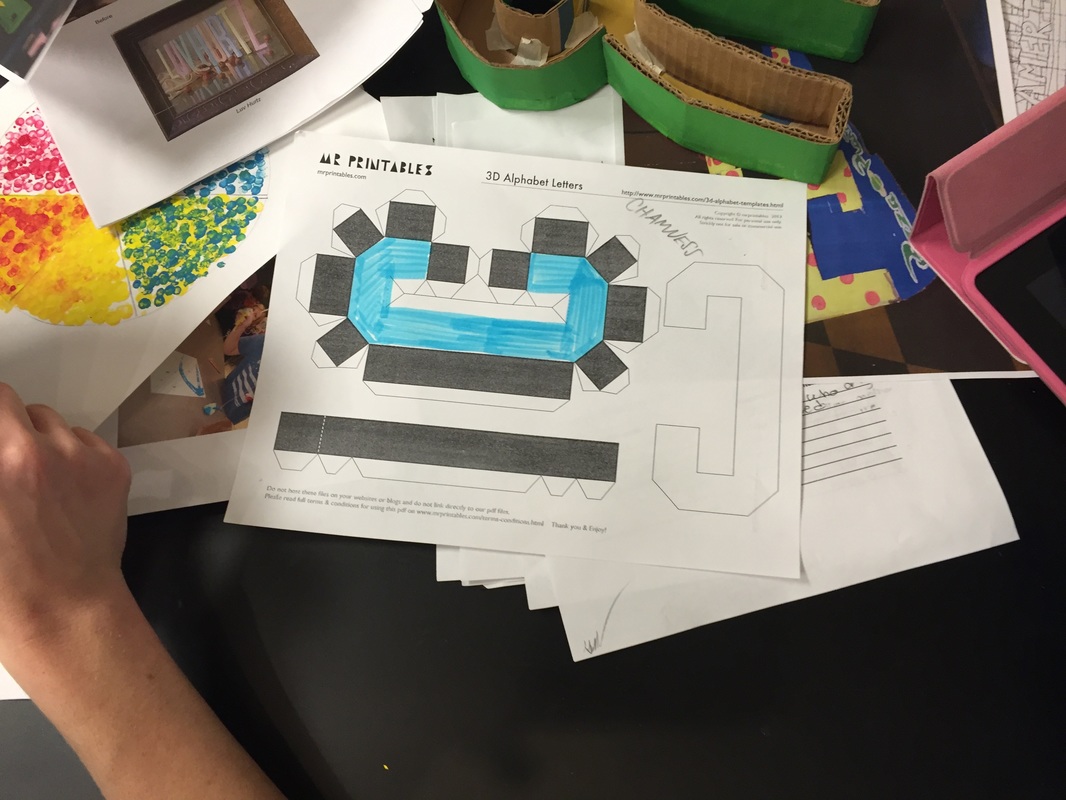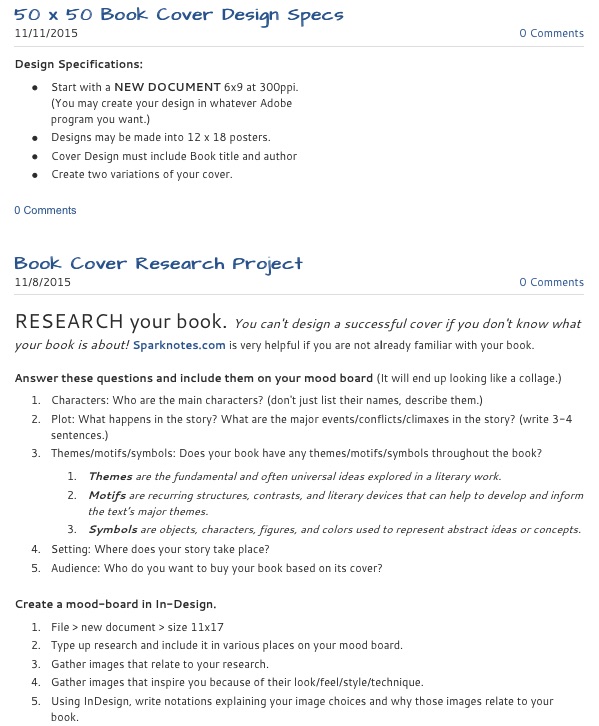In education, scaffolding refers to a variety of instructional techniques used to move students progressively toward stronger understanding and, ultimately, greater independence in the learning process. The term itself offers the relevant descriptive metaphor: teachers provide successive levels of temporary support that help students reach higher levels of comprehension and skill acquisition that they would not be able to achieve without assistance. Like physical scaffolding, the supportive strategies are incrementally removed when they are no longer needed, and the teacher gradually shifts more responsibility over the learning process to the student. (http://edglossary.org/scaffolding)
|
In our December meeting we critically investigated what it means to scaffold students:
What does effective scaffolding look like? How do we plan/implement scaffolding? Through discussion, we concluded that scaffolding is a mode of digging deeper into the “stuff” being learned and a way of sustaining interest. Using backward design, scaffolding is built into the planning. In its most bare-boned definition, a project is planned from the final artifact backwards—examining what students need to learn in order to reach that final goal, and what evidences that learning occurred along the way.
|
In the image above students explore the combination of image and text, how our voice adds to the interpretation of self, how text can become image, and different modes of perception. What steps do students need in order to make the leap from the written word to a self-portrait rendered in text?
|
|
Blake’s classes also explore the transformation of text to image through a group design project. He first showed his students artists that use text: Wayne White, Ryan Everson. He then has students complete an exercise that uncovers the personal etymology of a word. Students then explore construction techniques (pictured) and color. Students then create their word from cardboard and paint them. The resulting artifacts are impressive and more robust than if students had simply constructed a letter or word devoid of meaning.
|
|
Jody’s design class participated in Recovering the Classics, a design initiative aimed at acquainting youth today with classic novels. Included below is the spec. sheet that Jody provided her classes. With the assistance of her student teacher Kevlyn, Jody’s students learned about the research that goes into effective design, the interplay that is needed between the design and object, and the gist of a classic novel to boot.
|
Scaffolding learning provides avenues for reflection, metacognition and feedback. Young artists grow successfully as independent learners with teacher led support systems.
There will not be a meeting in January, so we will meet on February 2nd — Groundhog’s Day. Enjoy your winter break!!
p.s. MAKE ART!
p.p.s. The 5th annual TAB conference is January 16-17 at Redline.
p.p.p.s. Katie Taft will be a part of the Access Gallery’s exhibition on January 9th.
p.p.s. The 5th annual TAB conference is January 16-17 at Redline.
p.p.p.s. Katie Taft will be a part of the Access Gallery’s exhibition on January 9th.
Looking @ Student Work: Scaffolding





